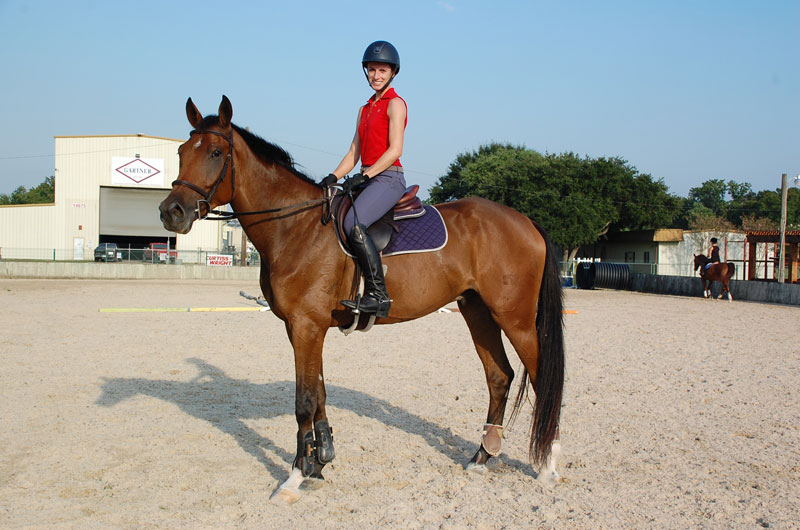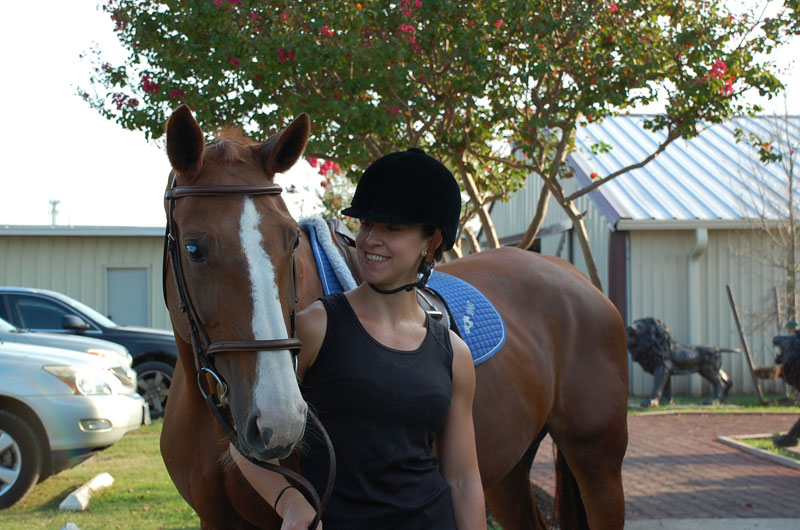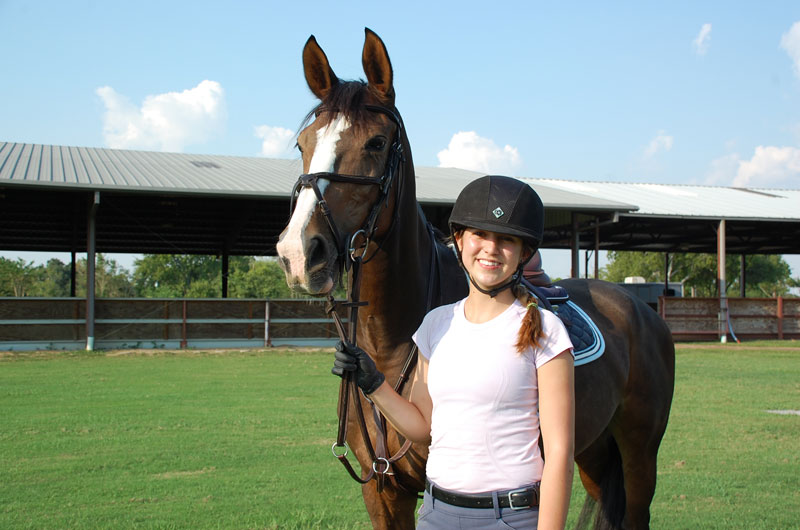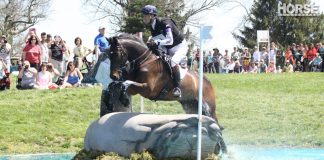
When you went to elementary school, middle school, and even high school, you likely had a dress code. Girls’ shorts, for me, needed to be no shorter than 3” above the knee. Boys’ shirts needed to have sleeves. The list of dos and donts, as many of us know, was quite lengthy.
At the barn, what is the dress code? The list often includes, but is not limited to:
- pants
- shoes with a heel
- a helmet
I’ve ridden at barns of varying disciplines, and no matter which barn I visit, there are constants, including:
- horses
- stalls
- turn outs
- a manure pile
One thing that is not constant? The dress code.
At a western barn, you will likely see riders in jeans and cowboy boots. More specifically, you will see a trend of one or two specific jeans brands, and one or two specific brands of cowboy boots.
At an eventing barn, you will likely see riders in breeches and paddock boots/half chaps or tall boots. You will see one or two types of pairs of breeches sported by multiple riders.

At a hunter/jumper barn, you will see something very similar to the eventing barn. Perhaps there is a shirt style that all the riders seem to wear.
What’s intriguing to me is the popular brands inevitably vary from barn to barn, even if that barn is just down the street from the other.
Does what you wear affect your riding at a deep, highly impactful level that makes you ride either like your first time in a saddle or like Beezie Madden entering a grand prix ring?
No, no it does not. But as horse people, we have created a community, and as with many communities, we have created a sort of dress code. Most barns will not ask you to wear a specific brand of apparel to the barn as long as it fits safety standards (usually applying to footwear), but let’s talk about some of the nuances of the barn dress code. (This is only the tip of the iceberg. I’m not even going to attempt to cover all the different ways you can pair your outfit with your horse’s boots/saddle pads/brow bands/ear bonnets…)
Hair styles options as an English rider
- Hair under helmet (with or without hairnet)
- Hair in a ponytail outside of helmet
- Hair in a braid outside of helmet
- Hair freely flowing outside of helmet (not likely in summer months)
Shirt options as a Western rider
- Button-down not tucked into jeans
- Button-down tucked into jeans
- T-shirt
- Fitted shirt
- Tank top
- Workout shirt
Belt options as an equestrian
- Bling belt
- Belt and belt buckle
- Tooled belt
- Ribbon belt
- Horse-name-plate decorated belt
- Flat leather belt
- Woven belt

The barn dress code likely isn’t required, and it’s not exactly enforced by peer pressure, but there’s definitely something going on within a barn. In the horse world, we seem to create some funny habits.
In the end, any ensemble worn at the barn is deserving of the instagram #rootd (riding outfit of the day).






great info
I usually just wear what’s comfortable to me.
Tee shirt, usually with a horsey theme, or funny, plus blue jeans and boots, and don’t forget the sunglasses. Winter add heavy jacket, cap, mittens, snowboots, that fit into stirrups.
t
cool
neat observation